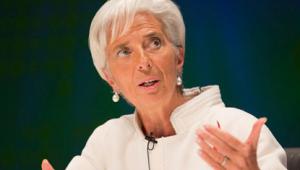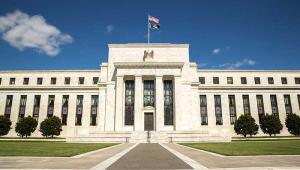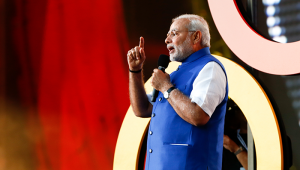The State and Trends of Carbon Pricing 2016 report was released by the bank at an international carbon event in Vietnam today.
New modeling analysis undertaken for the report shows that increased international carbon trading could enable large-scale emissions reductions at much lower cost than at present.
This is based on the carbon mitigation goals spelled out in countries’ national climate plans under the Paris Agreement – specifically, the nationally determined contributions, or NDCs.
By the middle of this century, an international market has the potential to reduce global mitigation costs by more than 50%, the report found. Also, the goal of limiting emission reductions to meet a 2ºC or lower target, will be difficult to achieve cost-efficiently without more carbon trading.
Earlier this month, India became the most recent economy in a group of big emitters to approve the landmark Paris climate detail, confirmed at COP21 in December 2015. The deal commits the 195 national signatories to the UN Framework Convention on Climate Change to cutting emissions for the first time.
John Roome, senior director for climate change at the World Bank said that, to be effective, “carbon pricing policies must be coordinated with other energy and environmental policies – this will require collaboration within and between countries.”
The Paris Agreement, which was reached at COP21 last year, establishes a framework for global cooperation through carbon markets. Over 100 countries consider carbon pricing initiatives as part of their NDCs, through a variety of means, including emissions-trading within or across borders, international crediting, carbon taxes.
The new framework allows for one country to benefit from mitigation activities resulting in emissions reductions in a different country, and count towards achieving its NDC. In the report, the World Bank estimates that financial flows of 2-5% of GDP in countries with lower-cost mitigation activities could be realised for investments that will reduce emissions by 2050.
Also, the report notes that momentum is growing on carbon pricing. It shows that as of this year, 40 national governments and 20 large cities, states and regions are putting a price on carbon. This includes seven out of ten of the world’s largest economies.
Moreover, the coverage of carbon pricing initiatives on global initiatives on global emissions has increased threefold over the past decade, which translates to the equivalent of seven gigatons of carbon dioxide, or about 13% of global greenhouse gas emissions. Also, governments raised around $26bn in revenues from carbon pricing initiatives in 2015. This represents a 60% increase compared with 2014.
The report said next year could see the largest ever annual increase in the share of global emissions covered by carbon pricing initiatives. If the Chinese national Emissions Trading System comes into being in 2017 as planned, it would become the largest carbon pricing initiative in the world, surpassing the European Union’s ETS. It is estimated that the share of emissions covered by carbon pricing could grow from 13% to as much as 25% of global GHG emissions.
In April this year, the High Level Panel on Carbon Pricing called on the international community to double the share of emissions covered by explicit carbon prices to 25% by 2020 and then double it again to 50% within a decade. Heads of state from Canada, Chile, Ethiopia, France and Germany are all calling for this increased commitment.













